Organometallic chemists are central to the development of catalytic systems that drive many of today’s most important chemical processes. By combining principles from both organic and inorganic chemistry, they design metal-containing compounds where a metal atom is directly bonded to a carbon atom. These compounds often act as powerful catalysts, enabling transformations that would otherwise require extreme conditions or produce large amounts of waste. Reactions such as C–C coupling, olefin polymerization, and hydroamination owe much of their efficiency to catalysts developed by organometallic chemists. Their work has not only advanced synthetic chemistry but also improved the scalability and sustainability of industrial manufacturing.
The unique strength of organometallic chemists lies in their deep understanding of how metals interact with organic molecules. This knowledge allows them to fine-tune catalysts for reactivity, selectivity, and environmental performance. For example, catalysts based on palladium, nickel, or ruthenium are now widely used in green chemistry applications and pharmaceutical synthesis. These chemists also study catalytic mechanisms in detail, using tools such as spectroscopy and computational modeling to reveal how reactions proceed. With pressing global challenges such as energy efficiency and carbon emissions, the role of organometallic chemists in designing next-generation catalytic systems is more vital than ever, pushing chemistry toward cleaner, faster, and more precise solutions.
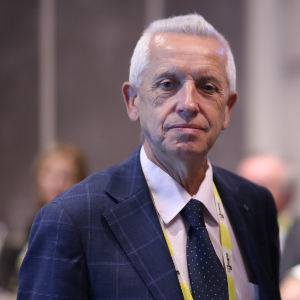
Stanislaw Dzwigaj
Sorbonne University, France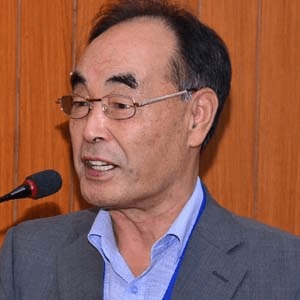
Dai Yeun Jeong
Asia Climate Change Education Center, Korea, Republic of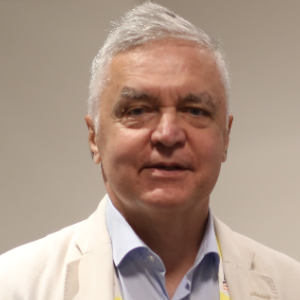
Sergey Suchkov
N.D. Zelinskii Institute for Organic Chemistry of the Russian Academy of Sciences, Russian Federation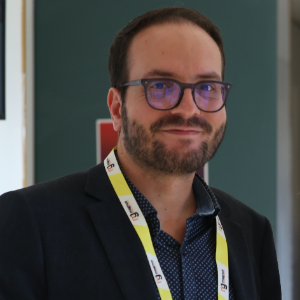
Enrico Paris
CREA-IT & DIAEE, Italy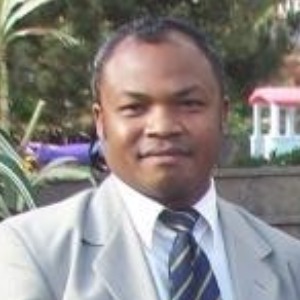
Rabeharitsara Andry Tahina
GPCI-ESPA Antananarivo University, Madagascar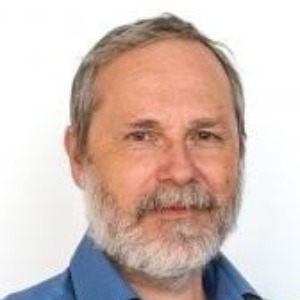
Jiri Dedecek
J Heyrovsky Institute of Physical Chemistry , Czech Republic
Uday Som
Research and Development Engineer, Japan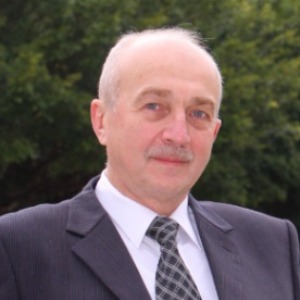
Vladimir G Chigrinov
Hong Kong University of Science and Technology, Russian Federation



Title : Distant binuclear vanadium V(II) cationic sites in zeolites and their reactivity
Jiri Dedecek, J Heyrovsky Institute of Physical Chemistry , Czech Republic
Title : Advanced nanostructures for carbon neutrality and sustainable H₂ energy
Tokeer Ahmad, Jamia Millia Islamia, India
Title : Personalized and Precision Medicine (PPM) as a unique healthcare model via bi-odesign, bio- and chemical engineering, translational applications, and upgraded business modeling to secure the human healthcare and biosafety
Sergey Suchkov, N.D. Zelinskii Institute for Organic Chemistry of the Russian Academy of Sciences, Russian Federation
Title : Antibody-proteases as a generation of unique biomarkers, biocatalysts, potential targets and translational tools towards nanodesign-driven biochemical engineering and precision medical practice
Sergey Suchkov, N.D. Zelinskii Institute for Organic Chemistry of the Russian Academy of Sciences, Russian Federation
Title : Dimethyl ether synthesis from syngas over Cu-Zn/Al2O3 catalysts prepared using the Sol-Gel method
Uday Som, Research and Development Engineer, Japan
Title : Influence of various catalysts on H₂ enhancement and CO2 capture during syngas upgrading
Enrico Paris, CREA-IT & DIAEE, Italy
Title : Photoaligned azodye nanolayers : New nanotechnology for liquid crystal devices
Vladimir G Chigrinov, Hong Kong University of Science and Technology, Russian Federation
Title : Application of vanadium, tantalum and chromium single-site zeolite catalysts in catalysis
Stanislaw Dzwigaj, Sorbonne University, France
Title : Advances in heterogeneous catalysis for green conversion of propene to aldehydes and alcohols
Ram Sambhar Shukla, CSIR-Central Salt and Marine Chemicals Research Institute (CSMCRI), India
Title : Oxidation of methane to methanol over pairs of transition metal ions stabilized in the zeolite matrices
Jiri Dedecek, J Heyrovsky Institute of Physical Chemistry , Czech Republic